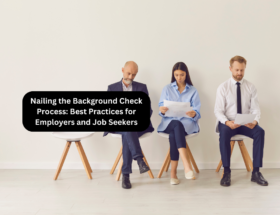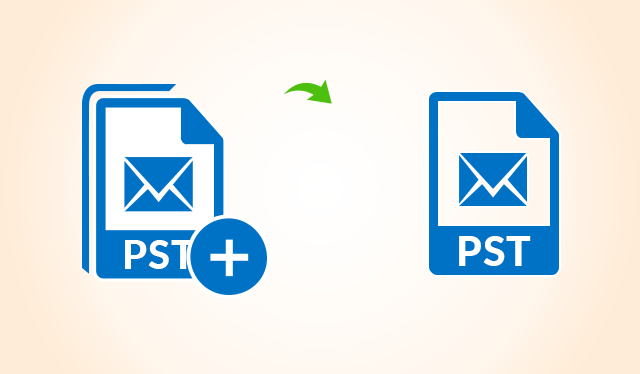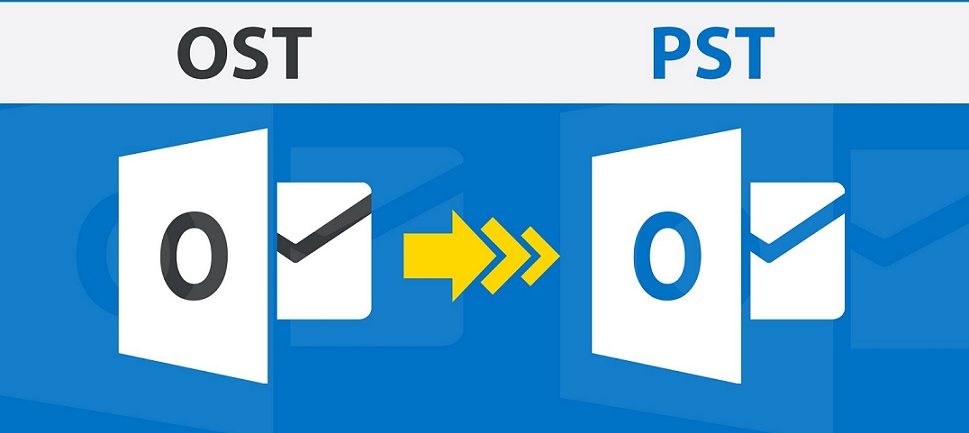It is fun to brainstorm product ideas. The hard work starts when you question yourself whether this idea is worth becoming something bigger. Most humans are in a hurry to construct without examining whether there is an actual need or a clear way forward. You can save time, money, and effort by trying the idea out first. It is not a process of perfection but rather posing the correct questions and seeking definite indications.
Start With the Problem
Any product must address an issue. Without a clear problem, the idea will not be able to take off. Consider the problem you are solving. Is it something that people experience frequently or rarely? Does the problem hurt their pocket enough that they would be willing to pay to have the problem solved?
State the problem in easy language. Understand what product design and development are. Then, discuss it with individuals who may have it. Unless they perceive it as a problem, your idea may not be robust enough. Without a problem to be addressed, a product will probably fail, no matter how innovative it appears.
Read: AI Agent Development for Business Automation: From Idea to Implementation
Define Who You Are Helping
After knowing what the problem is, find out who experiences it. A product that tends to serve all people tends to serve none. Narrow down your audience. It may be students, small business owners, parents, or some other targeted group.
Attempt to learn about their routines and their life hardships. The better you know them, the easier it is to confirm whether your idea fits in their lives. Talk to real people, not just your friends or co-workers, since actual feedback usually originates outside your group.
Research Existing Solutions
There is a possibility of somebody trying to resolve the problem previously. This is not a bad thing. It demonstrates that the issue is there. The question is, does your idea do it better, faster, or easier?
Examine existing products in the market. Discussion boards, check reviews, and social media posts. Note what people like and do not like about those products. In case the users feel frustrated about certain things, your idea can be the solution to the problem. It might be difficult to be unique when people are already satisfied.
Test Interest Early
Do not wait until your product is fully built to see if people care. Start small. Share the idea in conversations. Create a simple page that explains what the product does. Collect email sign-ups or interest forms.
If people are willing to share their contact information or pre-order, that is a strong signal. If the response is weak, think about whether the idea needs adjusting. Early feedback saves you from investing too much in a product that may not gain traction.
Check the Market Size
A product can solve a real problem but still fall short if the market is too small. For example, creating a tool only useful for a rare profession may not bring enough buyers. On the other hand, a product aimed at a broad but defined group has more room to grow.
Search for numbers related to your target audience. How many people face the problem? How much do they spend on related solutions? If the market is large enough, the idea has better chances of becoming sustainable.
Think About Money Early
Even if your product gets attention, it has to make financial sense. Ask yourself how you will charge for it. Will it be a one-time purchase, a subscription, or an add-on to something else?
Also, think about costs. What will it take to build, produce, or deliver the product? Will you need special tools, suppliers, or extra staff? Compare the potential revenue with the likely costs. If the numbers do not work, the idea may not be worth pursuing.
Look at Your Own Resources
An idea might be great, but you also need to check if you can bring it to life. Consider your own time, skills, and network. Do you have the knowledge to build it, or will you need help? Do you have enough savings to get started, or will you need outside funding?
Being honest about your resources helps you avoid unrealistic expectations. Sometimes, an idea is good but not right for you at the moment. That does not mean you should drop it forever, only that timing matters.
Test a Simple Version
Instead of waiting to create the perfect product, build a simple version first. This is often called a prototype or a draft model. It shows the main features without the extras. Share this version with a small group of people in your target audience.
Their reactions will guide you. Notice if they use it naturally, struggle with it, or ignore it. Feedback on a simple version can help you adjust before making bigger investments.
Consider Long-Term Potential
Although the product may be solving a problem now, consider how it will perform in the future. Will it be needed in years to come? Is it expandable into related fields, or can it benefit more people in the future?
It is more likely that a long-term product will be worth the effort. When it seems like a temporary trend, consider the dangers of doing so. Trends may offer a quick victory, but they also have been known to wane.
Trust Both Data and Gut Feel
Statistics count, but so do feelings. When the study demonstrates demand, expenses are reasonable, and initial trials are successful, the concept probably has potential. Meanwhile, when something does not feel right, regardless of the good data, take a moment to look back before committing.
Striking a balance between data and gut feel will not make you rush to make decisions. Product is not simply a matter of logic. It is also regarding timing, passion, and faith in the answer.
Final Thoughts
Perfection is not about evaluating a product idea. It is concerning testing, listening, and making prudent decisions before going all in. Begin with the problem, understand your audience, research available solutions, and do a preliminary test of interest. Be precise concerning money, resources, and long-term value.
When the signals turn out to be positive, the idea is worth following. Otherwise, use it as an opportunity to learn and change. Any powerful product development process is made with thought, then big action.
Author’s Bio:
Reena Sharma is an experienced content writer with a proven track record at Criador Labs. Her work spans various subjects, demonstrating her versatility and ability to adapt her writing style to different audiences.










